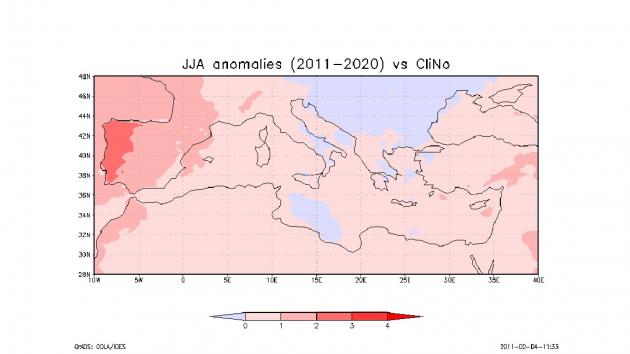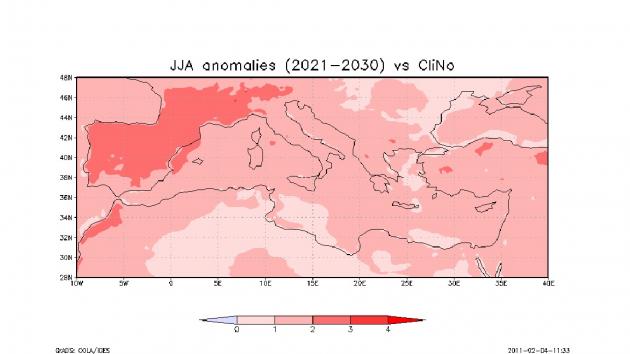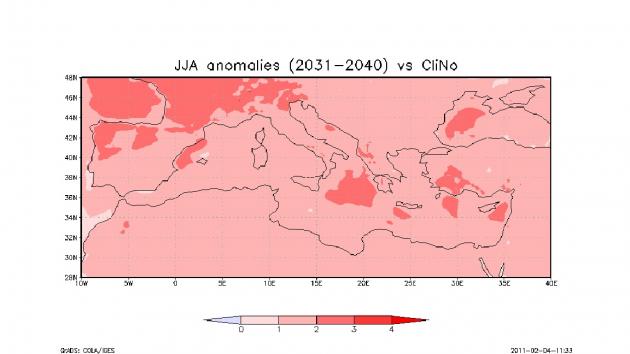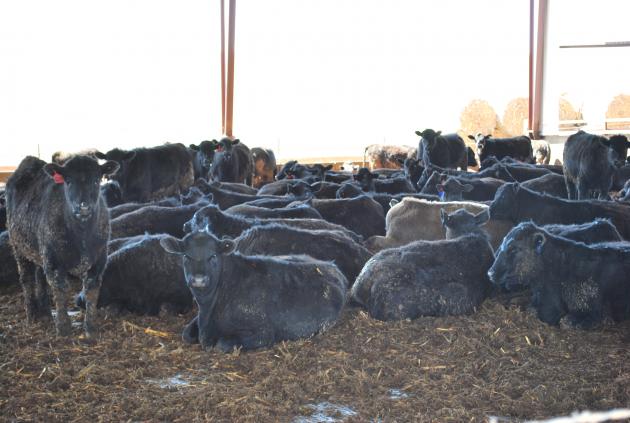 Waste to Worth home | More proceedings….
Waste to Worth home | More proceedings….
Why Study Adaptation of Livestock to Climate Change?
The complex of our study was aimed at exploring the effects of warm climate in farm animals, at constructing bioclimate scenarios and at developing adaptation options that may permit to alleviate the impact of hot climate on the livestock industry.
What Did We Do?
Most of our research work was relative to dairy cows. We realized several studies by different experimental approaches. First of all, we have been running numerous experiments under climate chamber conditions followed by a number of field studies. To reach more precise objectives, we also performed several in vitro studies on selected cell populations. In the last few years we have been also building and exploring multi-year datasets and measuring the impact of air temperature and relative humidity on performances and health in intensively managed dairy cows/pigs. Finally, we have been working on bioclimate, namely temperature humidity index (THI), characterization of selected geographic areas both retrospectively and in terms of scenario (Figure 1).




Figure 1. Regional distribution of Mediterranean summer (JJA, June-July-August) temperature humidity index anomalies versus CliNo (Climate Normal, 1971-2000 period) for the four decades 2011-2020, 2021-2030, 2031-2040, and 2041-2050 (Segnalini et al., in press) |
What Have We Learned?
We have learned that the ability of dairy cows to breed, grow, and lactate to their maximal genetic potential, and their capacity to survive and keep healthy is dramatically influenced by climate, meteorological events and biological environment and their interactions. Climate and meteorological features affect animals both indirectly and directly. Indirect effects include those exerted on quality and quantity of crops and pastures and on survival of pathogens and/or their vectors. The direct effects of air temperature on animals depend on their ability to maintain a normal body temperature under unfavourable thermal conditions. A series of studies carried out at Mediterranean level, one of the hot spot in the context of global warming, pointed out a constant increase for livestock of the risk to suffer from heat stress related conditions. Climate change is imposing a growing attention to adaptation measures, which may help farm animals to face with conditions of environmental warmth. These may include set up of meteorological warning systems, revision of health maintenance strategies, correction of feeding plans, shade, sprinkling, air movement, active cooling, genetic selection, and others.
Future Plans
To develop comprehensive frameworks to identify and target adaptation options that are appropriate for specific contexts.
Authors
Alessandro Nardone, Professor, Dipartimento per la Innovazione nei sistemi Biologici, Agroalimentari e Forestali (DIBAF), Università degli Studi della Tuscia, Viterbo, Italy nardone@unitus.it
Nicola Lacetera, Professor, Dipartimento di scienze e tecnologie per l’Agricoltura, le Foreste, la Natura e l’Energia (DAFNE), Università degli Studi della Tuscia, Viterbo, Italy
Additional Information
1. Effects of climate changes on animal production and sustainability of livestock systems. http://www.livestockscience.com/article/S1871-1413%2810%2900074-0/abstract
2. Temperature humidity index scenarios in the Mediterranean basin. http://link.springer.com/article/10.1007/s00484-012-0571-5
Acknowledgements
We gratefully acknowledge National (CNR, MIUR, MIPAF) and International (UE) funding bodies, and Umberto Bernabucci, Bruno Ronchi, Andrea Vitali, Maria Segnalini, Alessio Valentini, Patrizia Morera, Loredana Basiricò, M. Stella Ranieri and others in quality of co-authors of the numerous peer-reviewed papers we published in this field during the last 20 years.
The authors are solely responsible for the content of these proceedings. The technical information does not necessarily reflect the official position of the sponsoring agencies or institutions represented by planning committee members, and inclusion and distribution herein does not constitute an endorsement of views expressed by the same. Printed materials included herein are not refereed publications. Citations should appear as follows. EXAMPLE: Authors. 2013. Title of presentation. Waste to Worth: Spreading Science and Solutions. Denver, CO. April 1-5, 2013. URL of this page. Accessed on: today’s date.








